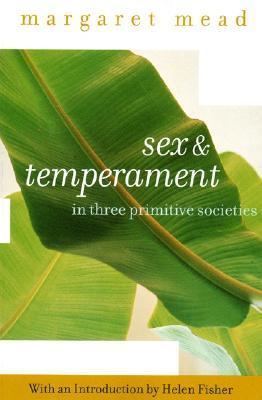What do you think?
Rate this book


352 pages, Paperback
First published January 1, 1935
Il problema che io mi pongo è di studiare il condizionamento delle personalità sociali dei due sessi, nella speranza che una simile indagine getti qualche luce sulle differenze dei sessi. Io condividevo l’opinione generale della nostra società, che vi fosse un temperamento sessuale congenito (…) Ero lungi dal sospettare che i temperamenti da noi considerati come congeniti ad un sesso potessero essere invece semplici variazioni del temperamento umano.
New York, gennaio 1935
Margaret Mead